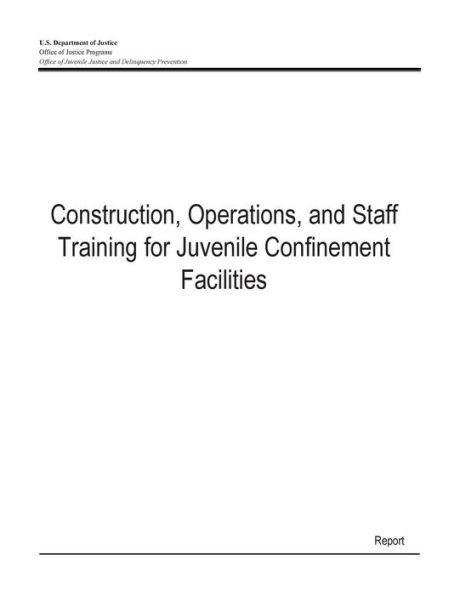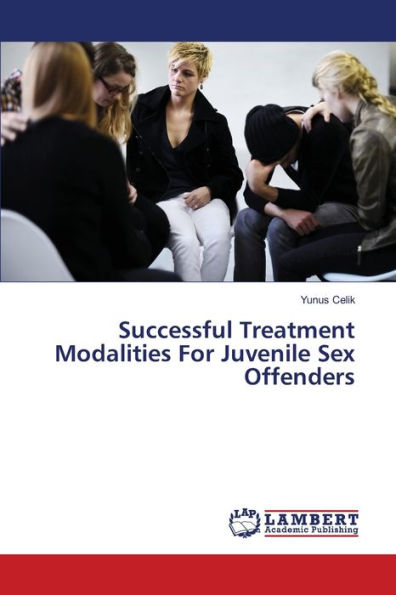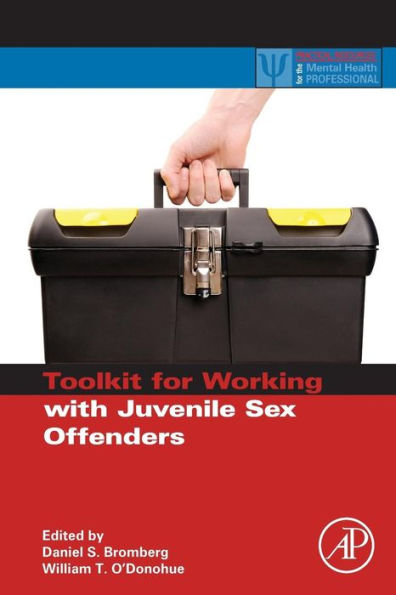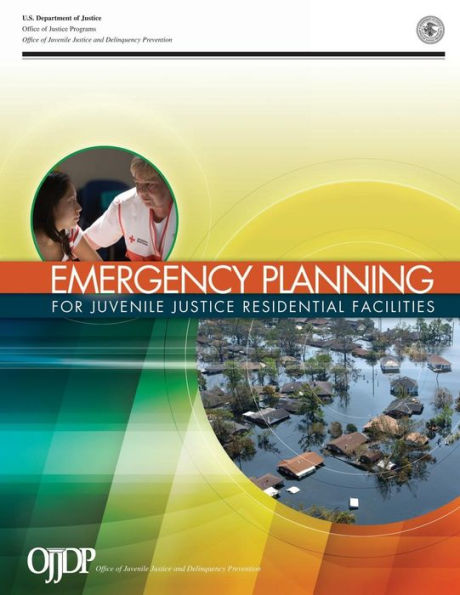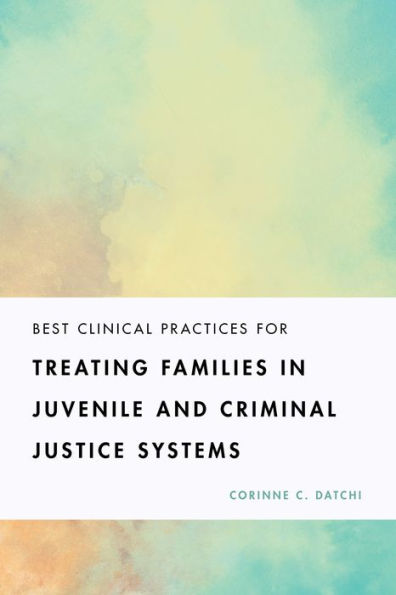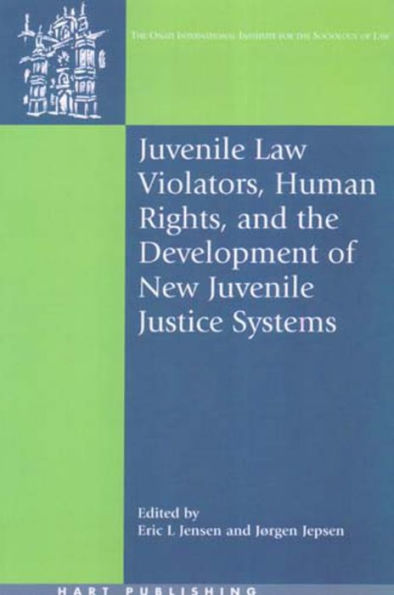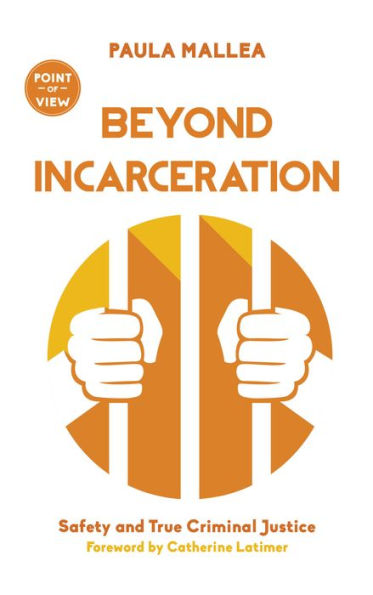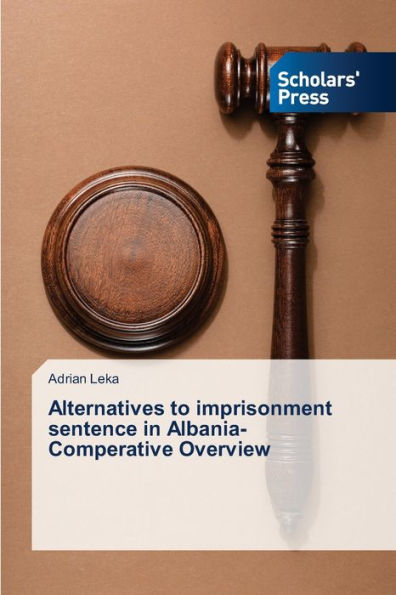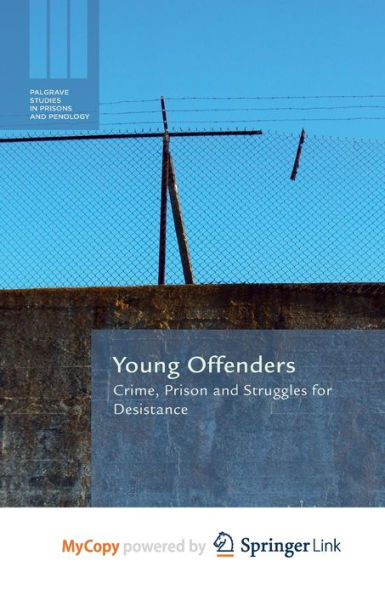Home
Alternatives to the Secure Detention and Confinement of Juvenile Offenders


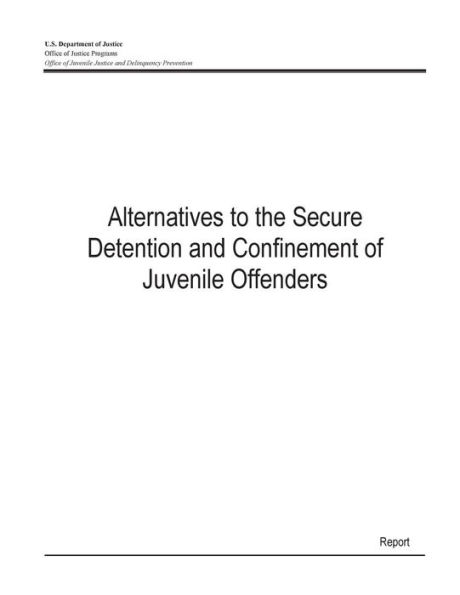
Alternatives to the Secure Detention and Confinement of Juvenile Offenders
Current price: $14.95
Loading Inventory...
Size: OS
Court officials must balance the interests of public safety with the needs of youth when making decisions about which program to place a juvenile offender and which level of restriction is required. Juvenile offenders who commit serious and/or violent crime may require confinement to protect public safety and intensive supervision and intervention to become rehabilitated. On the other hand, many offenders can be effectively rehabilitated through community-based supervision and intervention.Secure detention differs from secure confinement both in terms of the reasons a youth is being held and in the range and intensity of programs available to an offender in each setting. Secure detention refers to the holding of youth, upon arrest, in a juvenile detention facility (e.g., juvenile hall) for two main purposes: to ensure the youth appears for all court hearings and to protect the community from future offending. In contrast, secure confinement refers to youth who have been adjudicated delinquent and are committed to the custody of correctional facilities for periods generally ranging from a few months to several years. These confinement facilities have a much broader array of programs than detention facilities.

